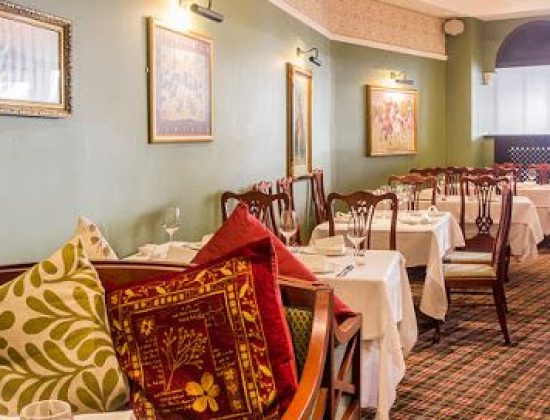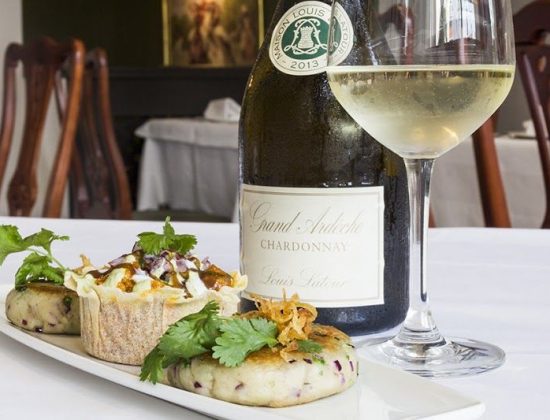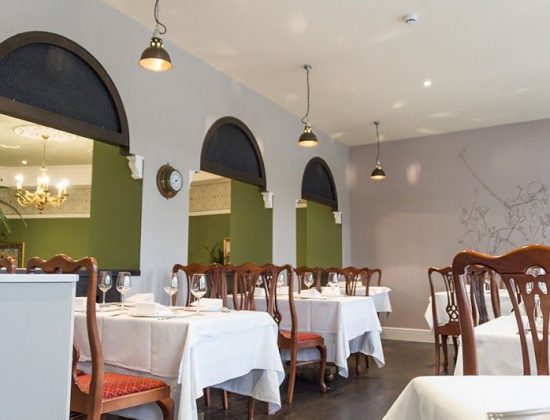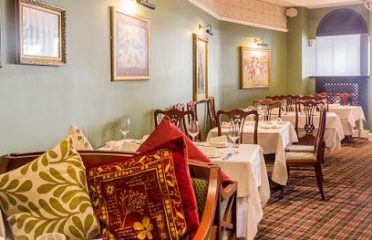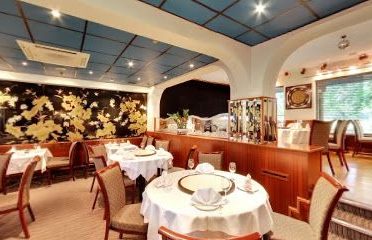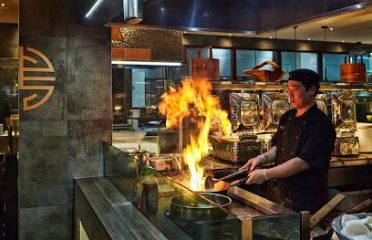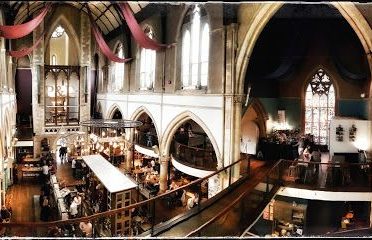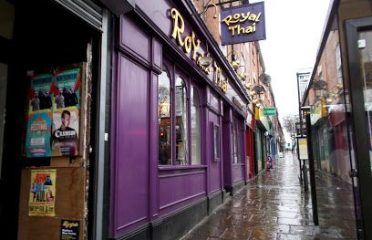Step into the Calcutta Club for an exquisite dining experience inspired by India’s rich heritage and the world’s oldest polo club in Kolkata. This restaurant aims to treat every guest like royalty while serving up delectable dishes that go beyond expectations. The menu features authentic Indian flavors crafted from high-quality ingredients, ensuring each bite transports you straight to India. The luxurious ambiance makes it suitable for both casual dinners and lavish celebrations alike. At Calcutta Club, you’re guaranteed not just a meal but an unforgettable experience steeped in tradition and warmth.
Rate us and Write a Review
Note: Data fetched from Google is temporarily stored and can change on latest API request every month.


